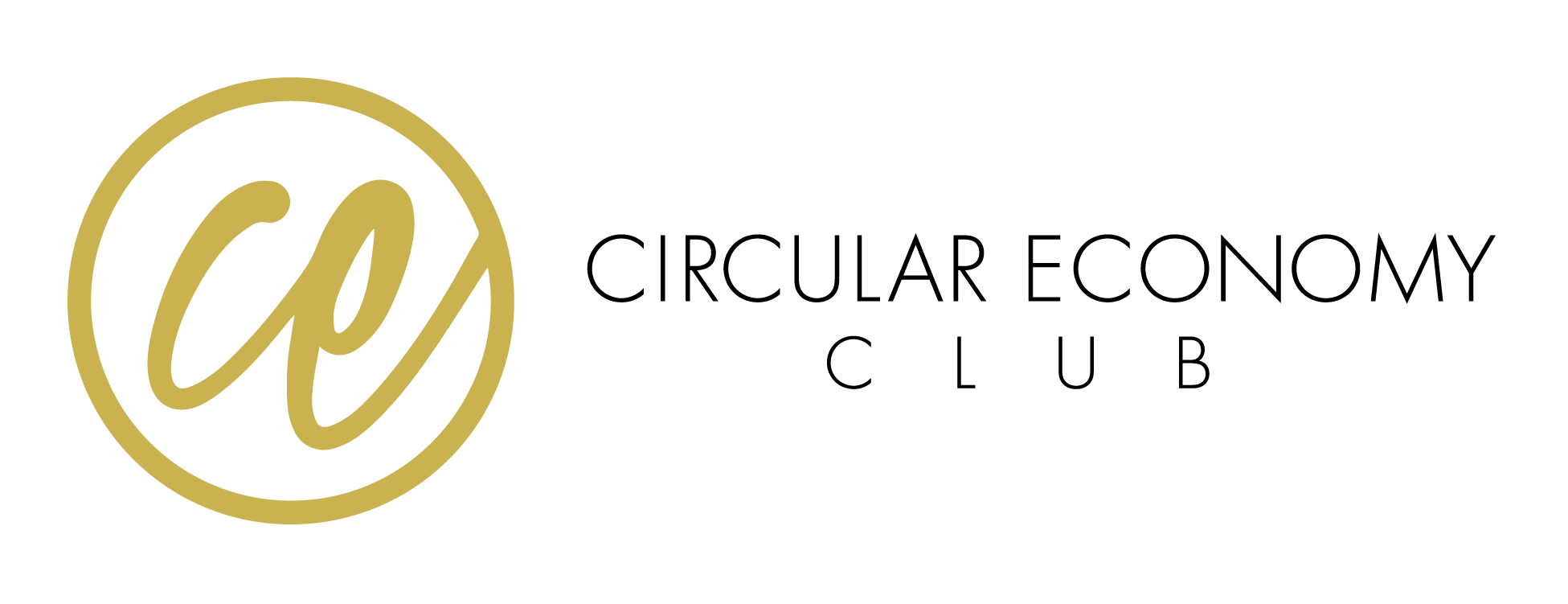-
The report “Circular Advantage, Innovative Business models” published by Accenture shares five circular business models (Circular Supplies, Resource Recovery, Product Life Extension, Sharing Platforms and Product as a Service) and ten technologies—in particular ‘digital’ in the form of social media, cloud computing, analytics and mobility—are enabling speed and scale in ways not seen before.
Areas of Value Creation in the Circular Economy
1. Lasting resources that can be continuously regenerated over time to not only last longer (efficiency) but last forever (effectiveness) (e.g., renewable energy and biochemicals): Approximately 40 percent of total value
2. Liquid markets where products and assets are optimally utilized by becoming easily accessible and convertible between users (e.g., sharing / trading idle product and asset capacity): 10 percent
3. Long life cycles where products are made to last (e.g., monetizing product longevity through service, upgrade and remanufacturing): 30 percent
4. Linked value chains where zero waste is generated from production to disposal (e.g., boosting recycling and resource efficiency) 20 percentThe Five Circular Business Models
a. Circular Supplies: Provide renewable energy, bio based- or fully recyclable input material to replace single-lifecycle inputs
b. Resource Recovery: Recover useful resources/energy out of disposed products or by-products
c. Product Life Extension: Extend working lifecycle of products and components by repairing, upgrading and reselling
d. Sharing Platforms: Enable increased utilization rate of products by making possible shared use/access/ownership
e. Product as a Service*: Oer product access and retain ownership to internalise benefits of circular resource productivityDisruptive technologies used by pioneers to launch and operate circular business models with speed and scale
Core Capability Shifts
1. Strategy From focus only on core business to manage complex and collaborative circular networks
2. Innovation & product development From designing for single use to designing for many life cycles and users
3. Sourcing and manufacturing From homogenous supply chain to heterogeneous resource flow innovation and cascading
4. Sales & product use From never seeing your product again to customer and asset life cycle management
5. Return chains From compliance to opportunity driven take-back -
-


